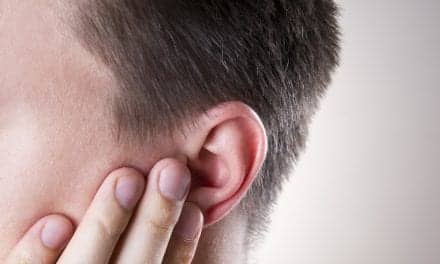July 30, 2007
It may now be possible to identify infants susceptible to Sudden Infant Death Syndrome (SIDS) by using a routine hearing test familiar to audiologists. According to a recent US study, the transient evoked otoacoustic emission (TEOAE) hearing screening test is a powerful indicator of at-risk infants.
Detailed medical records that included newborns’ hearing tests was kept in Rhode Island for babies that succumbed to SIDS. A research team led by Dr. Daniel D Rubens of the Children’s Hospital and Regional Medical Center in Seattle, Washington, US, examined the data and discovered 31 babies that had died of SIDS had one distinctive difference in their hearing test results compared to babies that did not.
Rubens says he believes the discovery directs a new path for research into the disorder.
"For the first time, it’s now possible that with a simple, standard hearing test babies could be identified as at risk for SIDS, allowing preventative measures to be implemented in advance of a tragic event," Rubens adds.
Rubens and colleagues carried out a case-controlled design where 31 babies that had died of SIDS were retrospectively compared to 31 babies that survived their first 12 months of life. The babies that died were individually matched to the survivors according to sex, preterm/term status, and whether they were in neonatal intensive care or a well baby ward.
The babies that had died of SIDS showed significantly different results in a test known as the "transient evoked otoacoustic emission (TEOAE) hearing screening test" compared to the babies that survived.
The TEOAE procedure is a simple, routine and affordable hearing test, administered shortly after birth that checks the signal to noise ratio of the inner ear across three different sound frequencies: 2000, 3000, and 4000 Hz. The signal to noise ratio is a way of telling if a particular sound is distinguishable in the environment of the inner ear, or if it is drowned out by random noise.
The SIDS babies had a consistent "four point lower score" on their TEOAE test of their right ear compared to their survivor counterparts. Usually, healthy babies have a stronger test result in their right ear than their left, but in this study, the SIDS babies also had a consistently lower result in their right ear compared to their left.
Rubens and colleagues concluded that:
"Newborns at risk for SIDS are currently indistinguishable from other newborns and are only identified following a later fatal event. A unilateral difference in cochlear function is a unique finding that may offer the opportunity to identify infants at risk of SIDS during the early postnatal period with a simple non invasive hearing screen test."
Previous research has revealed the tiny hairs in the inner ear conduct sound waves further into the ear and brain for processing, as well as maintain balance and monitor movement.
Rubens and colleagues suggest that these "vestibular hair cells" do another important job: they tell the brain how much carbon dioxide is in the blood, and any damage to them could disrupt control of respiration and put infants at higher risk for SIDS.
Rubens underscored the need for further research: "We must now fully explore all aspects of inner ear function and SIDS, and analyze testing frequencies higher than those currently tested by newborn hearing screen centers."
The complete study may be viewed in the online edition in the journal Early Human Development.
Source: Medical News Today




